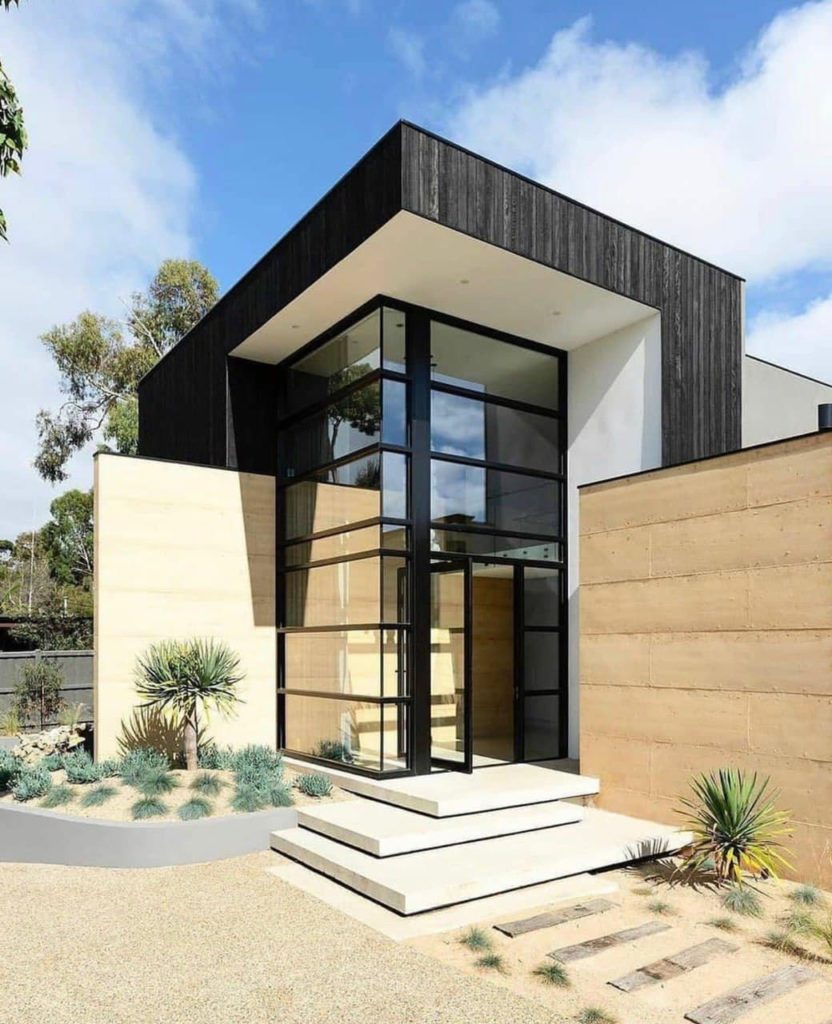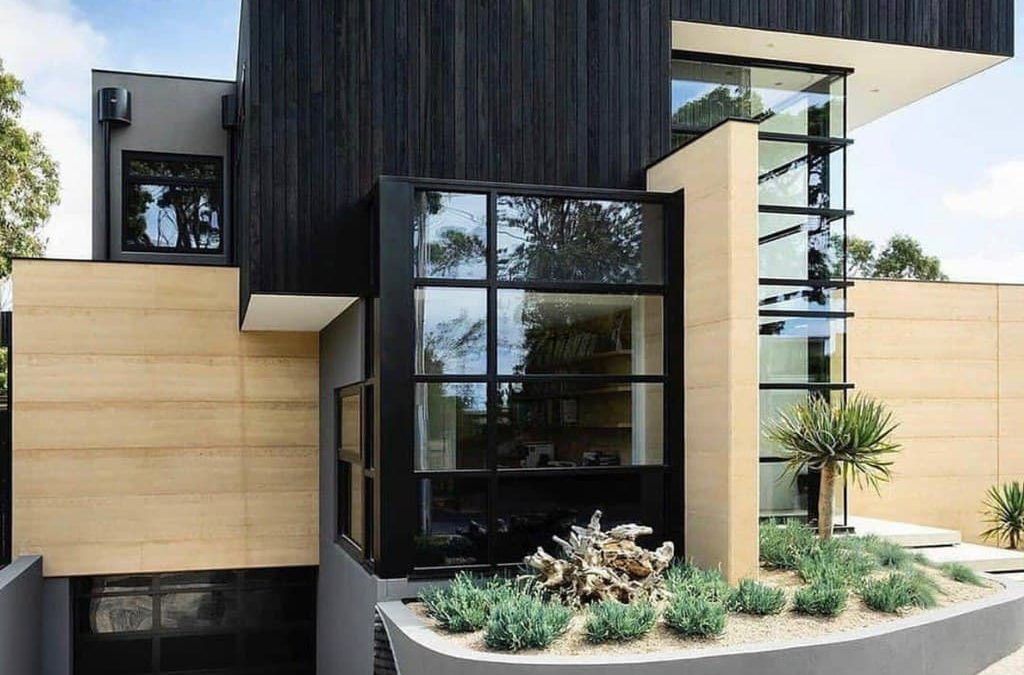Windows and doors are the most vital part of a house. From keeping your house protected and securing it versus the severe aspects of nature to letting in sunlight and ventilation– these fixtures do it all. Nevertheless, just setting up windows and doors is insufficient. It is very important to glaze them too. There are various types of glazing for different sorts of windows and doors available. You need to research well and select the very best glazing choice for your home.
Why is glazing essential?
Glazing assists minimize heat loss, air leak, and lower condensation. What’s more, it assists minimize your energy intake considerably since it makes your house more energy-efficient– lowering too much heat transfer.
Let’s explore the different kinds of glazing offered for your home.
Kinds of glazing for doors and windows
Single Glass Glazing
As the name recommends, a single glaze is made up of simply one layer of glass. Normally, its density varies from 3/32″ to 9/16″. For the longest time, it was the only viable glazing choice. Thankfully, as individuals became a growing number of knowledgeable about worldwide warming and the increasing requirement for performance– its popularity diminished.
The reason was easy. Solar power– both light and heat– easily goes through this glass. Therefore, energy loss is considerable. Such glazing supplies really little energy performance with just an R-1 insulating value.
The only selling point for single-glazed windows and doors is that they are less expensive to install. However, do not get influenced by the rates. In the long run, it might cost you additional dollars to heat and cool your family with only single panes of glass or glaze.
Double Glass Glazing
Double glazing windows have two panes of glass. For that reason, they can assist with insulation in addition to sound reduction to a large degree. They retain heat and stay out the cold better and effectively. You can save energy savings– leaving a smaller sized carbon footprint.
The best part is that such a window or door lets in as much light as a single glazed one. And, the additional space in between the glass functions as additional insulation.
Triple Glass Glazing
Today, this sort of glazing is discovered in most city houses. Triple glazing uses 3 panes of glass and the additional panes help in increasing effectiveness. It helps keep more heat in and cold air out, making this the most energy-efficient glass option.
It is the ideal choice for chillier environments where the majority of part of the year is spent warming the living space. And, it lowers sound transmission to a big extent.
Hence, triple glazed windows and doors are a great option for people who are worried about both the economy and the environment.
Now that we have comprehended the 3 fundamental kinds of glazing for doors and windows, it’s time for a rundown on the sort of glass ranges that are perfect for glazing. Here are some types of window glass for your house.
Float Glass
Glazed glass window
Float glass is formed when molten glass is made to develop into big, flat panels. The process is technical where molten glass is drifted on molten tin. But it produces the best, biggest, and among thinnest glass panels.
This is a fundamental sheet of glass prior to it is cut, treated, upgraded and set into a window frame. It is the starting material for your windows and doors. The very best part is, it is affordable and colorless and can be quickly modified.

Security Laminated Glass
Laminated glass holds together even when shattered. The layers of glass bond in such a way that the high strength prevents the glass from breaking into sharp glass shards. It produces what can be called a spider web crack. Skylight glazing and auto windshields use laminated glass for this safety feature.
The factor this is an extra-strong, security-enhanced glass is that it is produced by fusing two or more panes with an inner layer of polyvinyl butyral (PVB). This procedure uses extremely high heat and pressure to make the super-strong panel.
What’s more, the PVB interlayer ensures a much higher sound insulation ranking. And, it blocks 99% of UV light! It’s likewise a strong barrier against forced entries.
Apart from security or security reasons, this glazing appropriates for geographical regions that require hurricane-resistant construction.
Find out more: How You Can Prepare Your Home for Cyclone Season?
Obscured Glass
As the name recommends, obscured glass allows light to come in, however, is not entirely transparent. This glass might be frosted, etched, or covered. You might not have the ability to browse it but may see unclear shadows of what’s behind. This is the most popular type of glass for restroom windows, shower doors, and entry door locations. While they may not use 100 percent privacy, they allow more natural light inside. A substantial benefit.
Annealed Glass
A glass ends up being hardened if float glass is heated up above a transition point and then allowed to cool slowly, without being satiated. This annealing procedure is slow, careful and regulated. Its purpose is to reinforce the glass by minimizing the stress caused to it by fast cooling.
While it is strong, annealed glass is not the ideal option for windows, as it might leave rugged shards or sharp pieces if broken. This can trigger a major injury. No wonder, lots of Building regulations restrict making use of annealed glass. You will hardly ever find such glazing in bathrooms, door panels, fire exits, or schools.
Tinted Glass
Tinted glass door
Tinted glass is any sort of glass that has actually coloring added. It could be bronze, green, blue or gray. Apart from including value to the design and visual appeals, it offers more personal privacy to your living space and lowers heat from sunlight. Thus, it provides excellent security versus harmful UV rays. The tint does not impact the standard homes of the glass except for solar energy transmission.
This heat-absorbing glazing blocks a considerable amount of inbound solar radiation. Thus, it lowers the solar heat gain coefficient, noticeable transmittance, and glare.
If you wish to ensure that very little heat is enabled to go through tinted doors and windows by conduction and re-radiation, you can set up inner layers of clear glass or apply spectrally selective coatings to even more decrease heat transfer.https://www.youtube.com/embed/nig83xeG6RE?feature=oembed
Tempered Glass
Tempered glass is actually annealed glass– however with 4 to 6 times as much strength! The process is once again technical; glass is warmed to above 1200 degrees. It is then quickly cooled.
This approach checks the glass before it’s utilized in any real-life applications. The producers take no chance of it being unsteady. It generally shatters in little, square pieces and not jagged shards when broken. If strength, thermal resistance, and safety are your concerns, tempered glass is a safe bet.
Heat Strengthened Glass
When you need a tougher glass (two times as much) than annealed glass panels, heat-strengthened glass is your service. In easy language, it is an intermediate in strength in between annealed and tempered glasses. Here, an annealed glass is reheated above 1200 and after that cooled. But, it is not cooled as rapidly as tempered glass.
Maybe that’s why it’s not as strong. However, it is tougher than many lower grades of glass. If you wish to utilize it for your outside doors and windows, make sure to laminate it– else it may shatter and burglarize sharp pieces on impact.
Insulated Glass
Insulated glass doors and windows are the most optimized ones for energy performance. Makers, in order to enhance the thermal performance of such glass, utilize a procedure called the gas fill. They fill the area in between the glass panes (generally laminated or tempered security glass) with non-toxic, inert, non-reactive gases such as argon and krypton.
The reasoning is easy– these gases have a greater resistance to heat flow than air and are sealed between the window panes to reduce the rate of heat loss aka U-factor. The lower the U-factor, the greater a door or window’s resistance to heat circulation and the much better it is insulating properties.
Insulated glass is a terrific option for outside glass. It helps you keep your heating & cooling costs down. That said, all insulated glasses are developed differently. Do compare your options for the best energy efficiency rankings or energy star scores.
Learn more: Double Hung Windows: What You Required To Know
Mirrored or Reflective Glass
Reflective window
For this mirrored effect, the glass panel is offered a metal finish on one side. It is then sealed with an additional protective sealant. Interestingly, it merely reflects heat and radiation instead of absorbing it. It does minimize heat gain and visible light transmission, but not significantly. No surprise, such glass is utilized more in a decorative capability than utilitarian. You will find reflective walls and doors however very few outside windows.
Low-E Glass
Low emissivity or Low-E glass reflects thermal radiation and controls heat transfer. Usually, insulated glass is treated and covered in low-emissivity coatings in such a way that it keeps out infrared rays while enabling light to filter through– lowering your window or door’s U-factor.
This finish is a thin, nearly invisible layer with metal or metallic oxide. It is applied to the outdoors pane of glass when you want to keep the sun’s heat out. On the other hand, if you want a great deal of heat energy in winter and keep heat inside your house, this coating should be applied to the inside of the glass pane.
Low-E finishing can be a soft or hard coat. While soft have a restricted shelf life and is quickly harmed when exposed to air and wetness– a difficult coat is more resilient. However, its energy efficiency is poorer than a soft coat.
Usually, Low-E coatings cost about 10%– 15% more than routine glass, however, they prove to be lucrative in the long run– minimizing energy loss by as much as 30%– 50%.
Wired Glass
Wire glass may not be a security glass, however, it’s fireproof! This is the reason it’s the most typical kind of glazing in schools, health centers, and business structures. This glass is integrated in such a way that the wire grids will really hold the glass in its frame if it shatters under high heat. What’s more, it can endure a firefighter’s pipe without burning out shards all over. That said, while this glass is best for a commercial set-up, it may not be so for your home.
There are other glaze options too but they are not as commonly found (or useful) like the ones above. Let’s briefly look at a few of them.
Clear Glass
This is more of an ornamental glass than practical. Makers achieve this result by sandblasting, acid etching, or just by applying a film to the surface. The idea is to make the glass less transparent for personal privacy or visual reasons.
Self-Cleaning Glass
The incredible glass has a special chemical coating. It reacts with daylight to break down natural dirt– cleansing itself through daytime and rain.
Bird-friendly Glass
This glass features a patterned UV reflective coating. The very best part is, it is visible to birds while staying practically transparent to the human eye.
Electrochromic Personal Privacy Glass
Here’s another glass that is special. It turns nontransparent or clear with the flip of a switch. Yes, you read right. Producers apply electrodes to the within the glass system. When an electric existing runs through it, the ions react and transfer to show light.
Final Thoughts
Now that you learn about the kinds of glazing and the most recent glass innovation– you can easily pick the perfect suitable for your windows and doors. Before you begin with the work, it’s finest to get a window replacement expense quote too. We make certain, your selection will make your home attractive, safe and secure, and environment-friendly.

